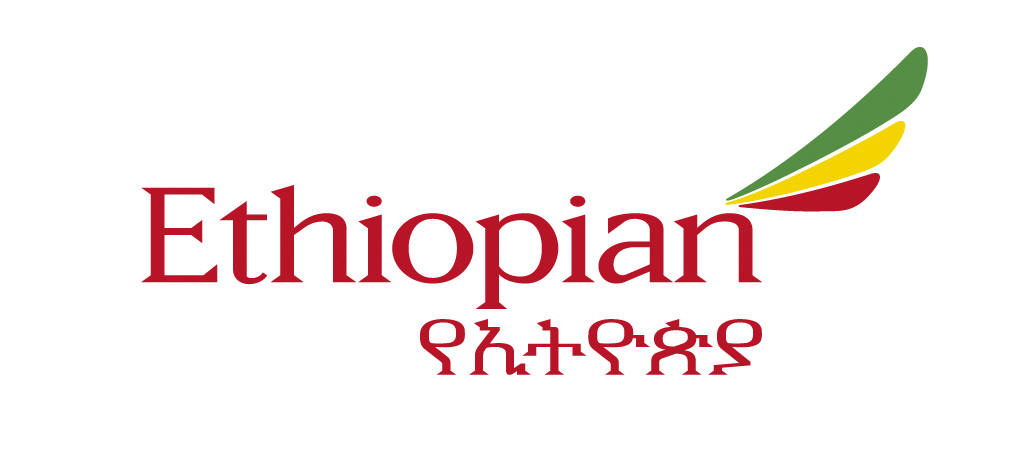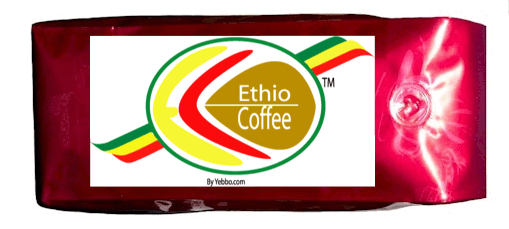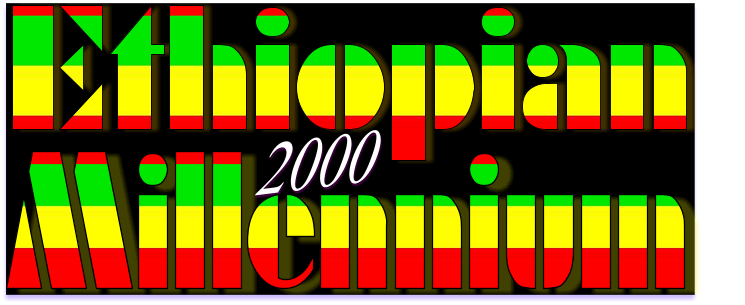Home
Up
Kikuyu
|

Only $1250.00
Including tax and all fees
From LA, SD, SF, SJ Oakland,
Seattle, San Jose, Phoenix, Kansas City, Denver, St Louise, Nashville,
and most Midwest and west coast cities to Addis Ababa.
You must fly between Oct 1st to
Nov 30th, 2006
Call 619 255 5530 |
|
We
translate your document from any Ethiopian language to English and we
certify our translation. Good for INS and other official use |
|
Buy your
airline Ethiopian ticket on line |
|
Amharic
Software on sale only 39.99+ S&H |
 |
|
Amharic Interpreters wanted
|
|
ወደ ኢትዮጵያ ለመሄድ ትኬትዎን ከኢንተርኔት ላይ ይቁረጡ
በዚህ ፕሮግራም ላይ
ተሳታፊ ከሚሆኑት አየር መንገዶች ውስጥ አንዱ አንጋፋው የኢትዮጵያ አየር መንገድ (Ethiopian Airlines)
በተቀዳሚነት እንዲታይ እና መንገዶኞቻችን በይበልጥ የሀገራችንን አየር መንገድ እንዲጠቀሙ በማሰብ ቅድሚያ የተሰጠው
ሲሆን፣ ሌሎችም እንደ ብሪትሽ አየር መንገድ (British Airways) ሉፍታንዛ (Lufthansa) እና ቨርጂን
(Virgin Airlines) እና ኬኤልኤም(KLM) የመሳሰሉት አየር መንገዶችንም ያቀፈ ነው፡፡
more
|
|
ለመሆኑ የቦ ምንድን ነው?What is Yebbo? |
Addis Printing
 |
|
|

Celebrate the African Millennium with style in Africa |
| |
The Republic of Kenya, or Kenya (pronounced: Ken-yah), is a country in East
Africa. It borders Ethiopia on the north, Somalia on the north-east, Tanzania on
the south, Uganda on the west, and Sudan on the north-west, with the Indian
Ocean on the south-east.
Fossils found in East Africa suggest that protohumans roamed the area more than
20 million years ago. Recent finds near Kenya's Lake Turkana indicate that
hominids such as Homo habilis and Homo erectus lived in Kenya from 2.6 million
years ago.
The colonial history of Kenya dates from the establishment of a German
protectorate over the Sultan of Zanzibar's coastal possessions in 1885, followed
by the arrival of the Imperial British East Africa Company in 1888. Incipient
imperial rivalry was forestalled when Germany handed its coastal holdings to
Britain in 1890. This followed the building of the Kenya-Uganda railway passing
through the country. Although this was also resisted by some tribes, notably the
Nandi led by Orkoiyot Koitalel arap Samoei for ten years between 1895 to 1905,
these did not stop the British building the railway. It is believed that the
Nandi were the first tribe to be put in a native reserve to stop them from
disrupting the building of the railway.
During the early part of the 20th century the interior central highlands were
settled by British and other European farmers, who became wealthy farming
coffee. By the 1930s approximately 30,000 settlers lived in the area and were
offered undue political powers because of their effects on the economy. The area
was already home to over a million members of the Kĩkũyũ tribe, most of whom had
no land claims in european terms (but the land belonged to the ethnic group),
and lived as itinerant farmers. To protect their interests, the settlers banned
the growing of coffee, introduced a Hut tax, and the landless were granted less
and less land in exchange for their labour. A massive exodus to the cities
ensued as their ability to provide a living from the land dwindled.
From October 1952 to December 1959, Kenya was under a state of emergency arising
from the Mau Mau rebellion against British rule. The governor requested and
obtained British and African troops, including the King's African Rifles. In
January 1953, Major General Hinde was appointed as director of
counter-insurgency operations. The situation did not improve for lack of
intelligence, so General Sir George Erskine was appointed commander-in-chief of
the colony's armed forces in May 1953, with the personal backing of Winston
Churchill. The capture of Warǔhiǔ Itote (General China) on 15 January 1954 and
the subsequent interrogation led to a better understanding of the Mau Mau
command structure. Operation Anvil opened on 24 April 1954 after weeks of
planning by the army with the approval of the War Council. The operation
effectively placed Nairobi under military siege and the occupants were screened
and the Mau Mau supporters moved to detention camps. May 1953 also saw the Home
Guard officially recognized as a branch of the Security Forces. The Home Guard
formed the core of the Government's anti-Mau Mau strategy as it was composed of
loyalist Africans, not foreign forces like the British Army and King's African
Rifles. By the end of the Emergency the Home Guard had killed no less than 4,686
Mau Mau, which amounted to 42% of the total insurgents. The capture of Dedan
Kimathi on 21 October 1956 in Nyeri signified the ultimate defeat of the Mau Mau
and essentially ended the military offensive.
The first direct elections for Africans to the Legislative Council took place in
1957. Despite British hopes of handing power to "moderate" African rivals, it
was the Kenya African National Union (KANU) of Jomo Kenyatta, which formed a
government shortly before Kenya became independent on 12th December 1963. A year
later, Kenyatta became Kenya's first president. At Kenyatta's death in 1978,
Daniel arap Moi became President, and in democratic, but flawed, multiparty
elections in 1992 and 1997 won re-election. In 2002, Moi was constitutionally
barred from running and Mwai Kǐbakǐ, running for the opposition coalition
"National Rainbow Coalition" - NARC, was elected President. The elections, which
were judged free and fair by local and international observers, marked a turning
point in Kenya's democratic evolution.
Kenya is a republic, the President of Kenya is both the chief of state and head
of government. Kenya has a unicameral National Assembly which consists of 210
members elected to a term of up to five years from single-member constituencies,
plus 12 members nominated by political parties on a proportional representation
basis. The president appoints the vice president and cabinet members from among
those elected to the National Assembly. The attorney general and the speaker are
exofficio members of the Assembly. The judiciary is headed by a High Court,
consisting of a chief justice and High Court judges and judges of Kenya's Court
of Appeal (no associate judges), all appointed by the president.
Kenya has a
two-party system, which means that there are two dominant political parties
and it is therefore difficult to form a government without political coalition.
In December 2002,
Kenya held
democratic and open
elections
and elected
Mwai
Kǐbakǐ as president from the
National Alliance Party of Kenya (NAK) as president. The NAK and the
Liberal Democratic Party (LDK) formed the NARC coalition that currently
governs Kenya.
Kenya is in the process of rewriting its post-colonial
constitution and its subsequent amendments that gave the president nearly
unlimited powers and immunity from the law accounting for many of Kenya's
current problems with corruption. Constitutional reform is being delayed by
disagreement amongst the coaltion mambers. The right leaning NAK favours a
centralized Presidential system, while the left leaning LDP - led by
Raila Odinga - favor a parliamentary system with Prime Minister. As of July
2005, the government is in the process of significant amending the country's
constitution, in the midst of mild riots and demonstrations.
Local administration is divided among seven provinces each
headed by a presidentially appointed Provincial Commissioner. The provinces (Mkoa)
are subdivided into districts (Wilaya) which are then subdivided into divisions
(Tarafa). The divison is then subdivided into location (Mtaa) and then sub
location (Kijiji). The Nairobi Area* has special status and is not included in
any district or province. The government supervises administration of districts
and provinces.
Central
Coast
Eastern
Nairobi Area*
North Eastern
Western
Rift Valley
Nyanza
Kenya covers an area of 582,650 km˛. From the coast on the
Indian Ocean the Low plains rise to central highlands. The highlands are
bisected by Great Rift Valley; fertile plateau in west. The Kenyan Highlands
comprise one of the most successful agricultural production regions in Africa.
The highlands are the site of the highest point in Kenya Mount Kenya, which
reaches 5,199 m and is also the site of glaciers. Climate varies from tropical
along coast to arid in interior
Kenya's main economic strengths include tourism and
agriculture. The economy is only now beginning to show some growth after years
of stagnation. Some argue that this slow economic growth is because of poor
management and uneven commitment to reform; others insist that it is due to
falling commodity prices and poor access to Western markets.
In 1993, the government of Kenya implemented a program of economic
liberalization and reform that included the removal of import licensing, price
controls, and foreign exchange controls. With the support of the World Bank, IMF,
and other donors, the reforms led to a brief turnaround in economic performance
following a period of negative growth in the early 1990s. One of the unintended
consequence of freeing foreign exchange control was that it allowed a
gold-and-diamond export scam in which the Kenyan government lost over 600
million US dollars. This resulted in a weak currency which hindered economic
improvement.
Kenya's GDP grew 5% in 1995 and 4% in 1996, and inflation remained under
control. Growth slowed in 1997-1999 however. Political violence damaged the
tourist industry, and Kenya's Enhanced Structural Adjustment Program lapsed. A
new economic team was put in place in 1999 to revitalize the reform effort,
strengthen the civil service, and curb corruption, but wary donors continue to
question the government's commitment to western establishment ideas of sound
economic policy.
Considered by some to be long-term barriers to development are: electricity
shortages, the government's continued and allegedly inefficient dominance of key
sectors, corruption, the foreign debt burden, unstable international commodity
prices, poor communication infrastructure and the country's high population
growth rate.
Chief among Kenya's exports are: Flowers (Horticulture), Fruit and Vegetables,
Tea and Coffee. Another key foreign exchange earner is tourism.
Demographics
Kenya is a country of great ethnic diversity. Tension between the various groups
accounts for many of Kenya's problems. During the early
1990s, clashes
killed thousands and left tens of thousands homeless. Ethnically split
opposition groups allowed the regime of
Daniel arap Moi, in power from
1978 until
2002, to be
re-elected for four terms, with the election in
1997 being marred
by violence and fraud.
Ethnic groups:
Kĩkũyũ 22%,
Luhya 14%,
Luo 13%,
Kalenjin
15%, Kamba 11%,
Kisii 6%,
Ameru
6%, other African 12%, non-African (Asian, European, and
Arab) 1%
Religious affiliation: Various
Protestant
38%,
Roman Catholic 28%,
Muslim 6%,
Traditional Religions 22%. Others include Hinduism, Jainism & Bahai.
See also:
List of cities in Kenya,
Maasai.
Sports
Kenya is active in several sports, among them soccer, hockey, boxing and many
others. But the country is chiefly known for its dominance in middle-distance
and long-distance athletics. Kenya has regularly produced Olympic and
Commonwealth Games champions at various distances, especially the 800 m, the
1,500 m, the 3,000 m steeplechase, the 5000 m and the 10,000 m races. Kenyan
athletes continue to dominate the world of distance running, although
competition from Morocco and Ethiopia has somewhat reduced this trend. The
Marathon world record holder, Paul Tergat, and the current women's Boston
Marathon champion, Catherine Ndereba, are the among the best-known and most
respected athletes in Kenya. A retired Olympic and Commonwealth Games champion,
Kipchoge Keino, is Kenya's most famous sportsman. Lately, there has been
controversy in Kenyan athletics circles, with the defection of a number of
Kenyan athletes to represent other countries, chiefly Bahrain and Qatar. The
Kenyan Ministry of Sports has tried to stop the defections, but they have
continued anyway, with Bernard Lagat the latest, choosing to represent the USA.
| |
|